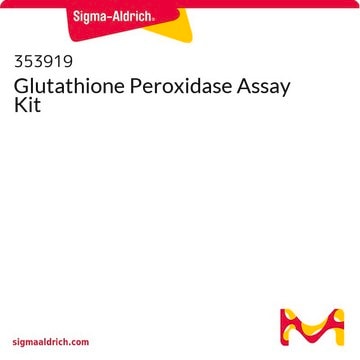MTOX1013
HepaRG™ Cells AHR (-/-)
human female liver (hepatocarcinoma and hepatitis C tumor)
About This Item
Produits recommandés
product name
HepaRG™ Cells AHR (-/-), one vial, from human female liver(hepatocarcinoma and hepatitis C tumor)
Source biologique
human female liver (hepatocarcinoma and hepatitis C tumor)
Forme
liquid
Température de stockage
−196°C
Informations sur le gène
human ... AHR(196)
Description générale
Application
Caractéristiques et avantages
- The frame-shift mutation of AHR gene was confirmed by fragment length analysis and DNA sequencing.
- Loss of functionality was confirmed by loss of response to inducers of cytochrome P450 activity.
Qualité
Informations légales
Exhibit 2: HepaRG limited use license
Clause de non-responsabilité
Code de la classe de stockage
12 - Non Combustible Liquids
Classe de danger pour l'eau (WGK)
WGK 3
Point d'éclair (°F)
Not applicable
Point d'éclair (°C)
Not applicable
Certificats d'analyse (COA)
Recherchez un Certificats d'analyse (COA) en saisissant le numéro de lot du produit. Les numéros de lot figurent sur l'étiquette du produit après les mots "Lot" ou "Batch".
Déjà en possession de ce produit ?
Retrouvez la documentation relative aux produits que vous avez récemment achetés dans la Bibliothèque de documents.
Notre équipe de scientifiques dispose d'une expérience dans tous les secteurs de la recherche, notamment en sciences de la vie, science des matériaux, synthèse chimique, chromatographie, analyse et dans de nombreux autres domaines..
Contacter notre Service technique






